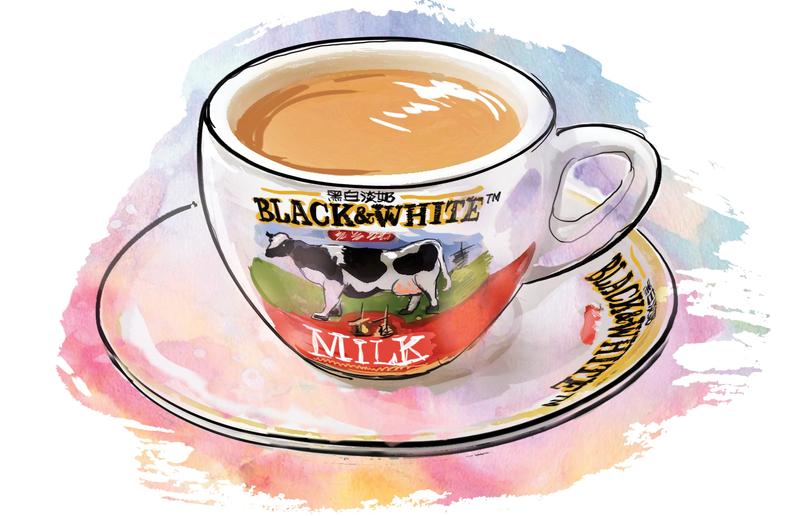Tea breaks with tradition
Present-day iterations of Hong Kong's beloved cha chaan teng are often about memorializing elements of the traditional model. Faye Bradley reports.


The Hong Kong cha chaan teng, or "tea restaurant", has been an emblem of the city's unique dining culture since the 1950s. Famed for their low prices and East-meets-West menus, these cheerful eateries are typically among the busiest dining establishments in most neighborhoods. Perennial favorites on the menu include Hong Kong-style French toast (with condensed milk and peanut butter), milk tea (prepared to extra-strong perfection through a large, sock-like strainer), and macaroni soup with ham.
The predecessor of the cha chaan teng - the bing sutt (ice room), serving drinks and snacks (including shaved-ice desserts) - arrived in Hong Kong from Guangzhou in the 1940s. To serve local tastes - shaped in part by the British custom of afternoon tea - Hong Kong's bing sutts began offering native versions of Western snacks. The difference between a bing sutt and cha chaan teng is actually to do with the food license: while bing sutts only serve food items that don't require a stove, cha chaan tengs have permission to cook on the premises - a fact that explains why the latter's menus are so much more varied.























